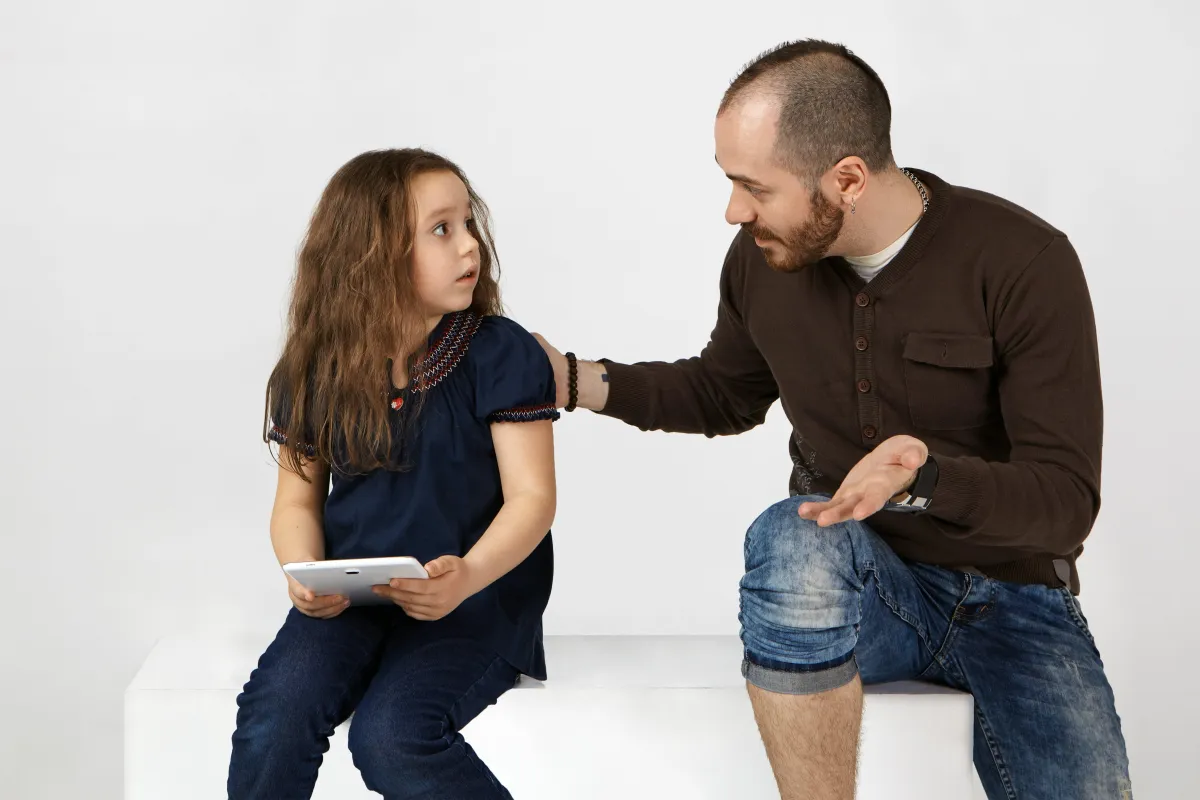The Grieving Process of a Breakup: Emotional Stages, What to Expect, and How to Heal

Introduction
One minute you’re okay, scrolling through your day, and the next, you’re crying in the grocery store over a song you didn’t even like before. Breakups do that.
Breakups feel like grief—because they are.
You’re not just missing a person. You’re grieving a bond, a routine, a vision of your future that no longer exists. And if you feel like you’re falling apart, please know: you are not broken—you’re grieving.
This guide will help you:
Understand why breakups hurt so much
Identify the emotional stages of breakup grief
Learn how to cope in healthy and healing ways
See what long-term healing and growth can look like
Let’s walk through this—together.
Why Breakups Trigger Real Grief
Losing a Relationship = Losing a Life Path
You weren’t just sharing dinners and Netflix accounts. You were building a life. Losing that relationship means losing:
A shared future
Inside jokes, rituals, and routines
A version of yourself that existed in that partnership
That’s not just heartbreak. That’s identity collapse.
You’re not grieving only a person—you’re grieving what could’ve been.
The Body Reacts to Heartbreak Like Trauma
Breakup pain is not just in your head—it’s in your body, too.
Cortisol spikes (your stress hormone)
Sleep gets disrupted
Appetite shifts—eating too much or not at all
You might feel shaky, tired, even physically ill
According to the Journal of Neurophysiology, romantic rejection activates the same brain areas as physical injury. That heaviness in your chest? It's real.
You’re Grieving Someone Who’s Still Alive
One of the strangest parts of divorce grief is that your ex might still be around:
Co-parenting
Showing up on social media
Moving on while you're still shattered
It’s like mourning someone who’s alive—and still visible. The emotional dissonance can be unbearable.
Stat: Nearly 20% of divorced people experience major depressive symptoms post-divorce
(Source: American Psychological Association)
What Grief After a Breakup Actually Feels Like
Emotional Symptoms
Obsessive thinking about them
Sadness that feels like a cloud
Guilt or self-blame
Feeling empty, disconnected, or lost
Physical Symptoms
Nausea or stomach aches
Tightness in the chest
Crying spells at random
Insomnia or oversleeping
Psychological Effects
Feeling like life has no meaning
Questioning your self-worth
Fearing no one will love you again
Reminder: These feelings are NORMAL. Even the thoughts you’re ashamed of—like checking their status updates, fantasizing about getting back together, or
wanting to disappear—they’re part of the grieving process.
How to Deal with Breakup Grief in Healthy Ways
Create Emotional Safety for Yourself
Before you fix anything, create space to feel:
Turn off notifications
Breathe (box breathing: inhale 4s, hold 4s, exhale 4s, pause 4s)
Journal without judgment
Say “I’m hurting” out loud
Give your nervous system what it craves: safety and slowness.
Express, Don’t Repress
Let it out—don’t lock it down.
Try:
Art (paint your anger, collage your heartbreak)
Movement (dance, yoga, punching pillows—yes, really)
Crying (it literally releases stress hormones)
Talking to a therapist or grief coach
“Grief is just love with nowhere to go.” — Jamie Anderson
Use Support Systems
You don’t have to process this alone.
Reach out to:
One trusted friend who won’t try to fix it—just listen
A breakup-specific support group (Reddit, Facebook, local meetups)
Professionals like therapists or breakup coaches
You're not a burden. You’re grieving. That’s human.
How Long Does Breakup Grief Last?
There’s no magic timeline—but studies suggest 3 to 6 months for the acute grief phase to pass, and up to a year for deeper emotional recovery, depending on:
Length of the relationship
Type of breakup (amicable, betrayal, sudden loss)
Support system and personal resilience
Some days you’ll feel like you’re okay—only to collapse the next. That’s not regression. That’s grief.
The goal isn’t to “get over it.”
The goal is to move forward with meaning.
Growth After Grief: What Healing Can Look Like
When You Stop Needing Closure From Them
You’ll realize you don’t need an apology, explanation, or final text to heal.
You’ll begin giving yourself the answers.
When You Rebuild a Life That Feels Whole Without Them
You’ll:
Laugh without guilt
Wake up without checking your phone
Feel moments of peace that don’t involve them
You’ll find joy in yourself again—not because you forgot them, but because you remembered you.
When You Look Back Without Pain, Only Learning
Eventually, the memory of them will soften.
The lessons will outweigh the wounds.
The love won’t be wasted—it will just live differently in your story.
Final Words: You Will Get Through This
Grief is the price of love—and yes, it hurts like hell.
But it also proves something powerful:
You loved deeply. You gave your heart. And even though this ended, you are still capable of loving again—starting with yourself.
Let the waves of pain wash through you.
Don’t fight them. Don’t rush them.
Just breathe, feel, and stay.
You're not falling apart.
You're rebuilding.
Related Posts

Helping Kids Adjust to a New Normal After Divorce
Divorce turns your kids’ world upside down—new routines, two homes, and feelings they can’t quite name. As a parent, you might try to smooth it over with extra hugs or packed schedules, but that’s not enough. At Rebuilders International, we’ve spent over 40 years helping families find their footing with our proven approach, backed by the Fisher Divorce Adjustment Scale (FDAS). This isn’t about fixing your kids—it’s about guiding them to feel safe in a new normal. Here’s how to start today.
Why Kids Struggle with Change
Divorce doesn’t just shift your kids’ address—it shakes their sense of security. They pick up on your stress, miss the old rhythms, and worry they’re to blame. People might say, “They’re resilient,” but our method, tested by thousands, shows kids need active support to process change. The FDAS, with its .93 reliability, proves that helping them name and release emotions builds trust and stability. Let’s explore how you can make that happen.
5 Rebuilders Steps to Support Your Kids
These steps, drawn from our 10-week workshop, adapt our tools to help kids adjust, rooted in connection and emotional clarity:
Listen to Their Heart
Kids often hide big feelings, thinking you can’t handle them. Our Empowerment Triangle—caring, vulnerability, assertiveness—teaches you to ask, “What’s one thing you’re feeling today?” A 10-year-old in our groups once said, “I’m scared you’ll leave too,” and it opened a door. Try it: listen without jumping to fix. It’s like our grief work, helping kids feel heard.Teach “I Am Enough”
Divorce can make kids feel they caused the split. Our core belief? They’re a “gem,” whole as they are. Try this: each night, say together, “I am enough.” A mom in our support group said her son’s frowns turned to grins over weeks. This practice, tied to our self-worth tools, helps kids feel steady, no matter the changes.Check Your Own Progress
Your emotional clarity helps your kids. Our free self-test takes 10 minutes and shows where you’re at—maybe stuck in grief or low on trust. A dad saw his scores and said, “I need to heal to help them.” Knowing this, like our RIFT framework’s thinking phase, lets you model strength for your kids.Create One Shared Anchor
Kids crave consistency. Pick one small ritual—like a bedtime story or a weekly pancake morning—and keep it steady, even across homes. Our program’s challenge behaviors show action builds security. A client said her daughter clung to their “joke of the day” like a lifeline. Choose one thing you can both count on—it’s a bridge to their new normal.Join Our Community
Parenting post-divorce feels lonely, but our online groups connect you with others tackling the same questions—like how to answer, “Why’d you split?” One parent learned to say, “We’re still your team, just apart,” easing her kid’s fears. Share tips, find support, and show your kids you’re not alone. Our tools make connection a family strength.
A New Normal They Can Trust
Helping kids adjust to a new normal after divorce is about building a world where they feel safe, not erasing what was. Our structured approach has guided thousands since 1974, with workshop completers since 2021 showing stronger family bonds via FDAS scores. You and your kids can find that stability too, one real moment at a time.
Need Support? We’re Here
This journey’s tough, but our programs—online, in-person, or self-paced—give you tools and a community to lean on. Visit our homepage or book a free clarity call. Want to start light? Join our free support group Tuesdays online.
You’re Their Guide—You’ve Got This
Your kids are watching you for cues. What’s one way you’ll help them feel safe today? Drop it below—we’re here for you!

